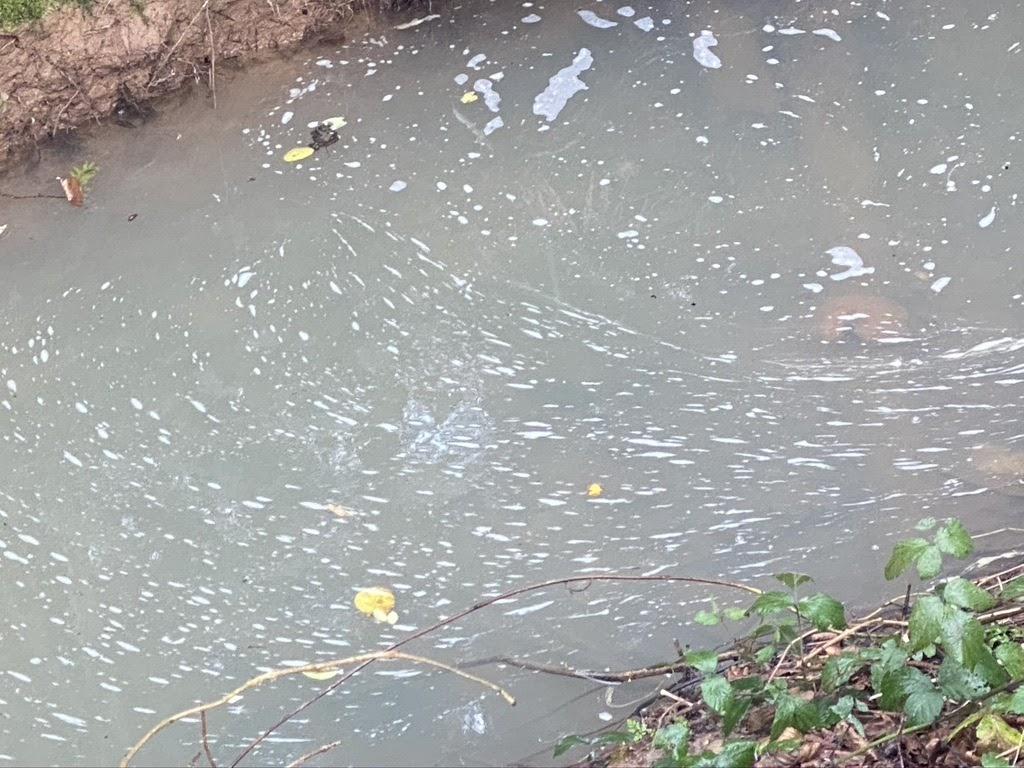How Wastewater Discharge can lead to river pollution
Here's a more detailed breakdown of No1. of the top three links between households and river pollution:

a) Inadequate Sewage Systems:
Many households rely on sewage systems to dispose of wastewater. If these systems are outdated, poorly maintained, or lacking in capacity, they can lead to leaks, overflow, or backups. This allows untreated or partially treated sewage to enter nearby rivers, introducing pathogens, nutrients (such as nitrogen and phosphorus), and other contaminants that can degrade water quality and harm aquatic life.
b) Improper Septic System Management:
Homes that use septic systems for wastewater treatment need proper maintenance and regular pumping. Neglected or malfunctioning septic systems can leak contaminants into the soil and groundwater, potentially reaching rivers through subsurface flow or nearby water sources.
c) Illicit Connections and Illegal Dumping:
Illicit connections occur when households or businesses directly discharge wastewater into stormwater drains, bypassing treatment facilities. Illegal dumping involves intentionally disposing of wastewater or hazardous substances directly into rivers or their tributaries. Both practices can introduce a range of pollutants, including chemicals, oils, heavy metals, and pathogens, directly into the water, leading to river pollution.
By addressing these specific aspects within each link, it becomes clearer how household practices and behaviours can impact river pollution and provides a basis for adopting more sustainable approaches to minimize these effects.
For a more detailed explanation of the three links from households to pollution go to our next 2 blog articles:

